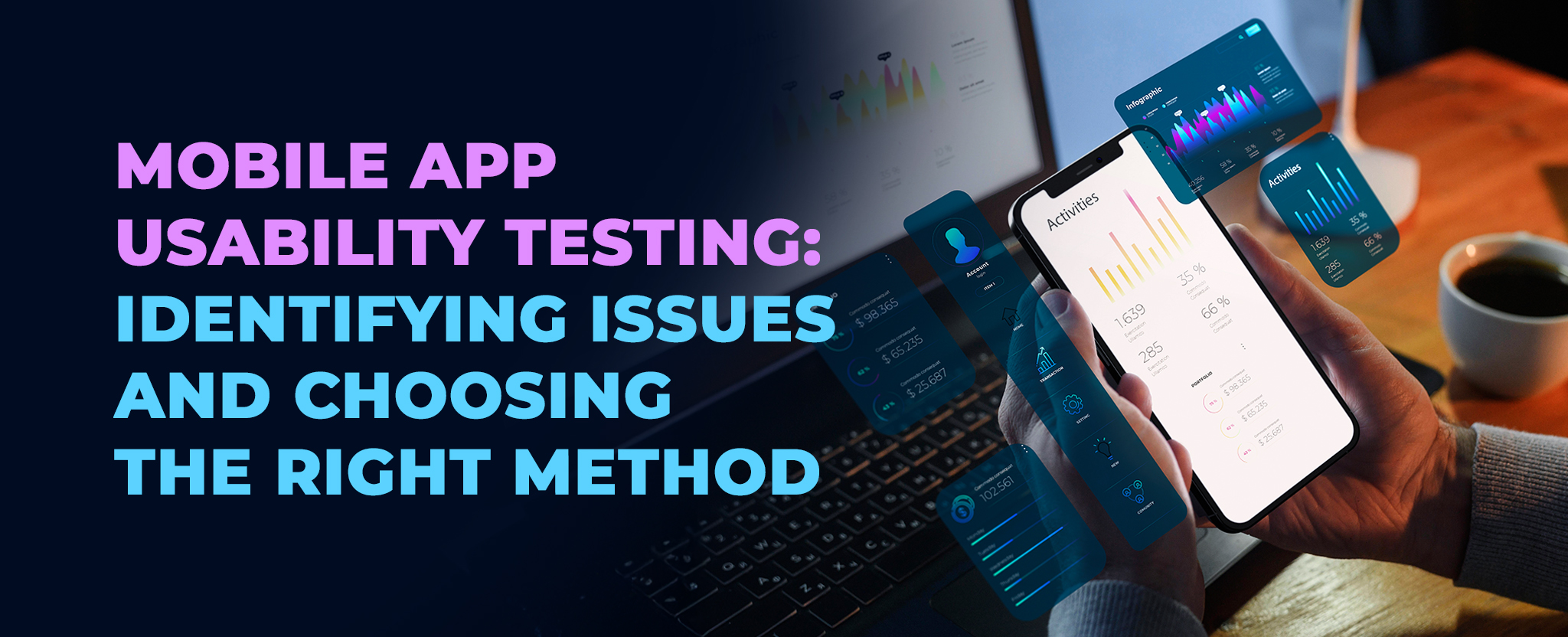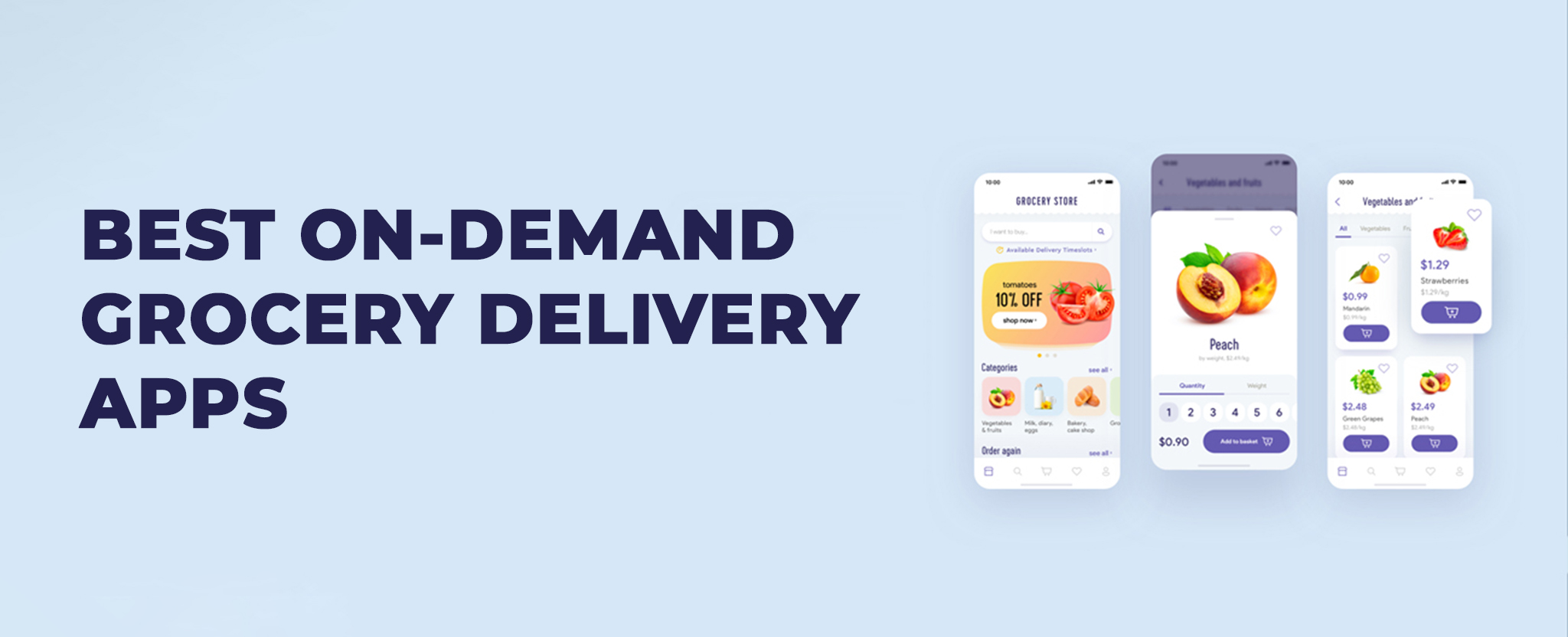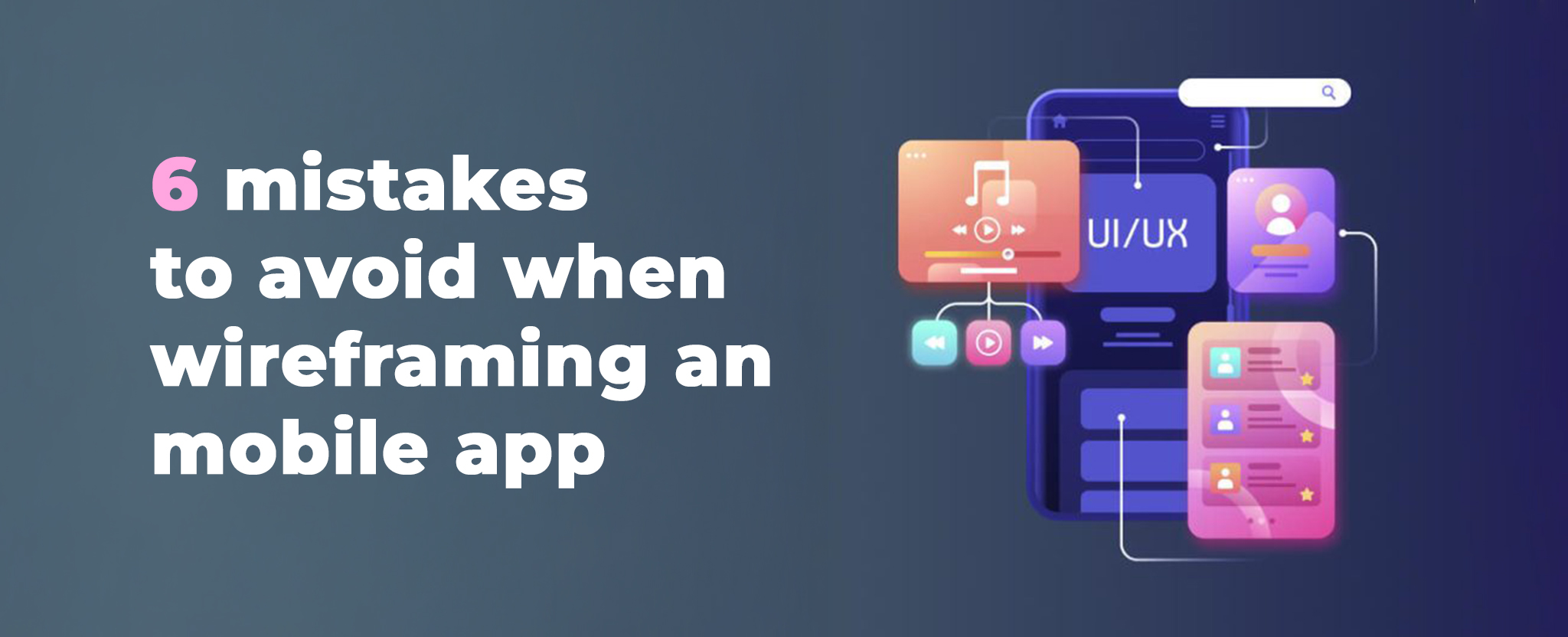Best Mobile App Testing Checklist 2025 : Key Points To Ensure Bug-Free Apps
13 Jan 23 

Do you believe that making an app is enough Additionally, you must ensure that it is bug-free.
But how can you be sure that your app has no bugs?
Make use of a mobile app testing checklist to guarantee that every aspect of your app has been thoroughly tested. Since we have been an app development company since 2012, our QA team is aware of the significance of creating applications that are free of bugs.
We follow a checklist when developing any app.
8 Procedures for Mobile App Testing
1. Make sure the app is cross-platform compatible by testing its compatibility with multiple platforms.
Facebook, Instagram, and Walmart, for instance, are cross-platform applications. Cross-platform testing comes into play if you want your app to work well on Android and iOS. To provide users with a better experience, you should make it a point to test your application on each operating system that might be available.
2. Test the app’s settings and configurations in every way possible
A mobile app interacts with several features on the device and the app itself. Therefore, the app should be compatible with all configurations and settings, such as the screen resolution, various OS versions, motion sensor, camera, etc.
3. Make Your Test Cases Based on the Type of App
A mobile app typically falls into three categories: native, hybrid, or web. The UI of web apps should be tested. Web apps are made to run on servers, and because mobile apps only have a limited amount of storage, you should try how much memory they use by using the battery. JavaScript shouldn’t be used on a mobile device because it might use up the battery.
Native and hybrid apps, powered by different technologies, share similar features and testing strategies. Functional testing allows you to check compatibility, performance, push notifications, gestures, and connectivity. Hence, while doing mobile app testing considering the type of app is very vital.
4. Thoroughly test the user interface (UI)
Front-end testing ensures that the app’s UI and functionality are correct.
A drop-down menu, navigation features, and other features that the end user uses are included in this test. Front-end testing ensures the app works and tests well on different browsers and devices in all circumstances.
5. Test the Back end and Database Functionalities
Back-end testing, also known as database testing, focuses on the mobile application’s server side. REST APIs help display data in the user interface and test by using a proxy to track app requests and responses, as APIs drive many mobile apps.
6. Test the app’s memory and storage capacity.
Mobile users frequently download multiple applications simultaneously. However, some devices might not have enough space to install all the apps. When you launch a new app, keep an eye on its size. Make sure that the app’s large size does not deter users.
7. Perform tests on a variety of networks
Evaluate your app’s performance, including those involving large data transfers or weak network signals.
Check your app against these three criteria.
- Jitters
Jitters look at how long it takes to send data over the network.
As the data travels in packets, the frequency of jitters is a measure of variability. Depending on the size, it may take some time as the data spread out during transmission and reception.
The app should prompt the user to either resend the data or wait for a response in case of a network delay.
- Packet Loss
When you download an image or a file, tiny pieces of data called “packets” is sent or received over the internet. Packet loss occurs when the packet fails to reach its destination.
- Speed of the Network
The network’s speed fluctuates from time to time, but this should not affect the user experience. Check the app’s speed and performance across various networks to avoid this. Observe how the app behaves when switching from a mobile network to a Wi-Fi connection.
8. Test the app’s security measures
When mobile app testing is done, the app may be difficult to secure due to the various OS components. However, to guarantee the safety of your mobile app, follow the steps listed below.
- Secure the database and source code,
- Perform input validation,
- Conduct a penetration test,
- Prevent client-side injection.
- Implement HTTPS-SSL/TLA security.
Now that you know how to test mobile apps, learn about the different ways to test mobile apps to make them scalable and accessible across multiple platforms.
7 Methods for Testing Mobile Applications
To ensure that every mobile app testing performs quality testing, here are 7 methods for testing mobile applications. (H2)
1. Functionality Testing
It aims to determine whether the app satisfies the functional requirement, as the name suggests. Here are a few things to keep in mind when mobile app testing is done for functionality.
· Check the app’s sign-in, sign-up, and login features, as well as its functionality.
· Check the app’s response to push notifications.
· Check the app’s power consumption while using the app.
· Check every form and field.
· Check the app’s compatibility with different OS versions.
· Check for UI errors. Identify the scope of the business and follow best practices.
2. Performance Testing
Performance testing examines the application’s responsiveness, speed, and adaptability under various circumstances. Using this testing strategy, you can determine whether the app is under any load. The aspects used to evaluate the app’s performance are listed below.
· Time is taken to open the application
· Application review involving frequent keypad input
· Splash performance analysis to ensure it does not last longer than three seconds
· Collaboration with other apps without affecting performance
· App performance when the battery is low, or an error message is displayed
3. UI/UX Testing
· UI/UX testing is difficult because testers must verify component placement on a smaller screen. Ensure the app’s layout, functionality, and order with the assistance of mobile app testing the additional scenarios, like:
· Verify that the app’s text is visible and does not disappear to the side.
· Verify that the popups and alert notifications appear correctly and at the appropriate times.
· Verify that the menu navigation is seamless and that the swipe functions function as expected.
· Verify the time it takes for the page to load.
· If the page takes longer to load, the user should be able to see how long it is taking by looking at the progress bar. Check the size of the company logo and the image.
· There shouldn’t be any lag in the content when the user scrolls up and down.
· If the screen has the option to edit without saving, validate the message with a popup to save the details before moving to another screen.
· Make sure the data doesn’t get deleted by running the app in the background while doing other things on the mobile.
4. Usability testing
Usability measures the ease with which users can interact with your app to determine its success. You are mistaken if you think usability is not essential. Keep in mind that while mobile app testing, proper testing of users is done, as users may prefer other visually appealing apps that provide the best user experience to prevent a decrease in ROI.
· Create a sitemap to see if users are having trouble navigating the app.
· Ensure the app’s design is not too dark so users can’t read the content.
· Make sure the app protects the user’s personal information.
· Look for navigational elements like call-to-action buttons, color, and content alignment.
· Check the app’s menu to make sure it isn’t clustered.
· Make sure users don’t have to fill out lengthy forms.
· Find out if the app is compatible with browsers.
5. Testing for Compatibility
The app’s compatibility with various OS versions is crucial. However, the app cannot be tested on all devices. Check the application’s compatibility by following the straightforward checklist below.
· Functional testing of buttons across all platforms and devices
· Check for issues with image display
· resolution, and performance across platforms
· Check for UI-related issues across devices
· such as problems with the drop-down menu
· alignment, text color in the frontend and background
· app scalability that fits without trimming
6. Security testing
Cyberattacks cost billions of dollars to stop and are used to provide clients with the assurance that their app is safe. This procedure guarantees the safety of the information and validates the app. The following aspects are being tested:
Validating app documents and agreements are
7. Accessibility testing
Your app should be usable by everyone, anywhere, at any time. During testing, check the accessibility checklist below.
· Check the text size in accordance with the phone settings of the user.
· Check the orientation of the text displayed after the screen is rotated.
· Check to see if readers can identify the headings.
· Test non-textual elements like graphs, images, and audio content, among other things.
· Verify that the app displays the default language and that the layout and design are consistent.
· Verify the sensory characteristics.
· Read the entire content to ensure that there are no disruptions.
· Check the captions for audio and video content.
Conclusion
Keeping the fact in mind that mobile app testing is very essential, Mindster’s experienced QA engineers use the most recent mobile app testing tools and this checklist to create mobile applications that are both fast and secure. We ensure to develop mobile applications that are more user-friendly and equipped with suitable features with great security. We follow a systematic approach towards fulfilling clients and making them happy by rendering the greatest flutter app development solutions.
- Android Development3
- Artificial Intelligence24
- Classified App1
- Custom App Development2
- Digital Transformation10
- Doctor Appointment Booking App11
- Dropshipping1
- Ecommerce Apps38
- Education Apps2
- Fintech-Apps34
- Fitness App2
- Flutter3
- Flutter Apps19
- Food Delivery App5
- Grocery App Development1
- Grocery Apps3
- Health Care6
- IoT2
- Loyalty Programs8
- Microsoft1
- Mobile App Maintenance1
- Mobile Apps119
- Product Engineering3
- Progressive Web Apps1
- Saas Application2
- Shopify6
- Software Development1
- Taxi Booking Apps7
- Truck Booking App5
- UI UX Design8
- Uncategorized5
- Web App Development1


















Comments